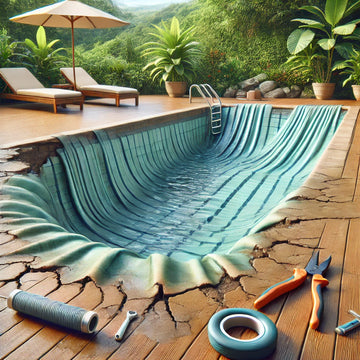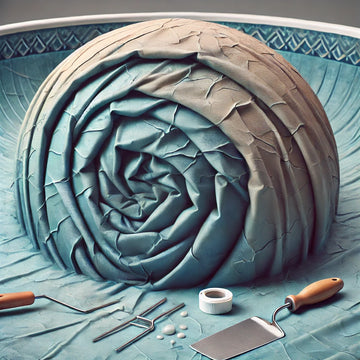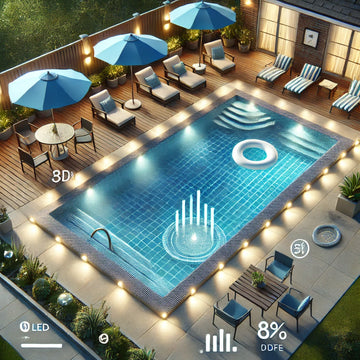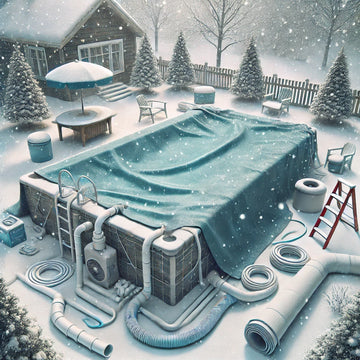FROM FADING AND WRINKLES TO LEAK DETECTION, HOW TO DIAGNOSE YOUR INGROUND POOL’S VINYL LINER
When you chose a vinyl-lined inground pool, you were likely told that the liner was expected to last between eight and twelve years, and usually, this is an accurate estimate. The majority of vinyl liners will fall somewhere within this window. However, environmental factors and random chance can both necessitate inground pool liner repair or replacement much sooner than projected—or much later, even. The truth is, the right time to repair or replace it isn’t at a specified interval, but rather as soon as problems begin to appear.
Everything from solar exposure to the chemical balance of your pool water can affect the lifespan of the liner. If you spot any of the following issues, it may be time to get a replacement:
LEAKS
It pays off to inspect your pool every so often to see if you are losing water through means other than splashing and evaporation. The importance of inground pool leak detection can’t be overstated: if found immediately, inground pool liner repair services can save the day. If left untreated, leaks can cause serious damage, ranging from ruining your entire liner, to creating sinkholes.
VISIBLE CRACKS AND TEARS
Sometimes the source of a leak isn’t apparent until after you’ve already lost a significant amount of water. Other times, you’ll see it right away. Spotting a visible crack or tear takes the guesswork out of inground pool leak detection, and lets you know it’s time for serious repairs at the bare minimum.
FADING
Sun-bleaching and chemicals can cause your liner to fade over time, but a severely faded area means more than just a change of colour. It’s also a sign of deterioration, and the vinyl material will become more brittle the more it fades. Once it’s brittle enough, it becomes easier to damage.
STRETCHING
Along the bead (top edge of your liner) is a track into which the pool liner secures itself. If the vinyl slips out of the track, and you can’t secure it back into place, then it has likely lost a significant degree of its elasticity, and will begin to sag, creating visible wrinkles (another clear indicator of stretching). While the choice between repair and replacement in other cases can depend on the severity of the damage, unfortunately, stretching cannot be repaired. Once this issue presents itself, it is time to have your liner replaced.
If you spot any of the above symptoms, contact your trusted inground pool liner repair or replacement specialists immediately, and get back to swimming sooner.




